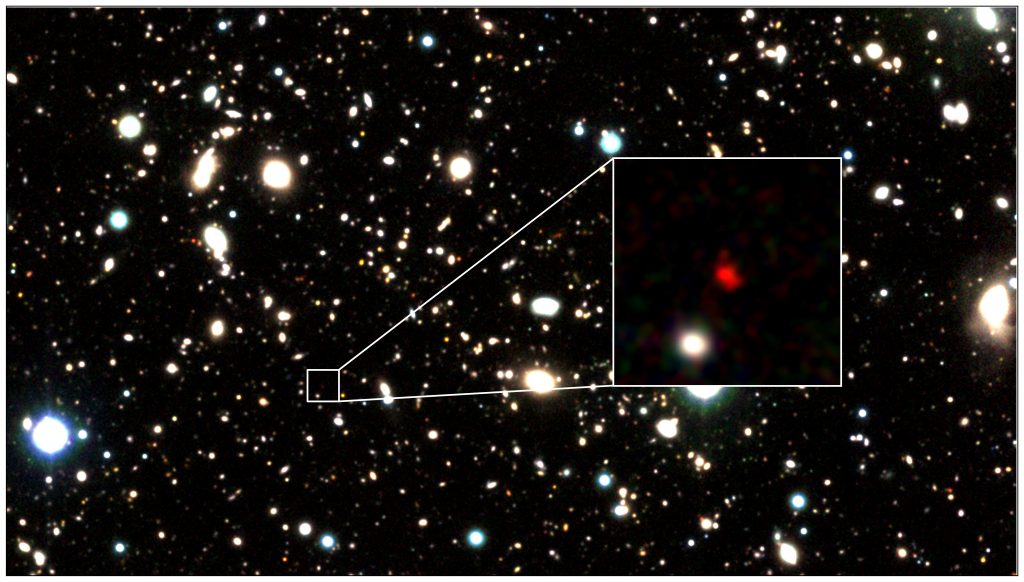Since the Renaissance astronomer Galileo Galilee first studied the heavens using a telescope he built himself, astronomers have been pushing the boundaries of what they can observe. After centuries of progress, they have been able to study and catalog objects in all but the earliest periods of the Universe. But thanks to next-generation instruments and technologies, astronomers will soon be able to observe the “Cosmic Dawn” era – ca. 50 million to billion years after the Big Bang.
In recent years, astronomers have made discoveries that preview what this will be like, the most recent of which is the galaxy candidate known as HD1. This galaxy is about 13.5 billion light-years from Earth (32.2 billion light-years in terms of “proper distance“), making it the farthest ever observed. This discovery implies that galaxies existed as early as 300 million years after the Big Bang, a finding which could have drastic implications for astronomy and cosmology!
Continue reading “A New Record for the Most Distant Galaxy, Seen Just 300 Million Years After the Big Bang”
